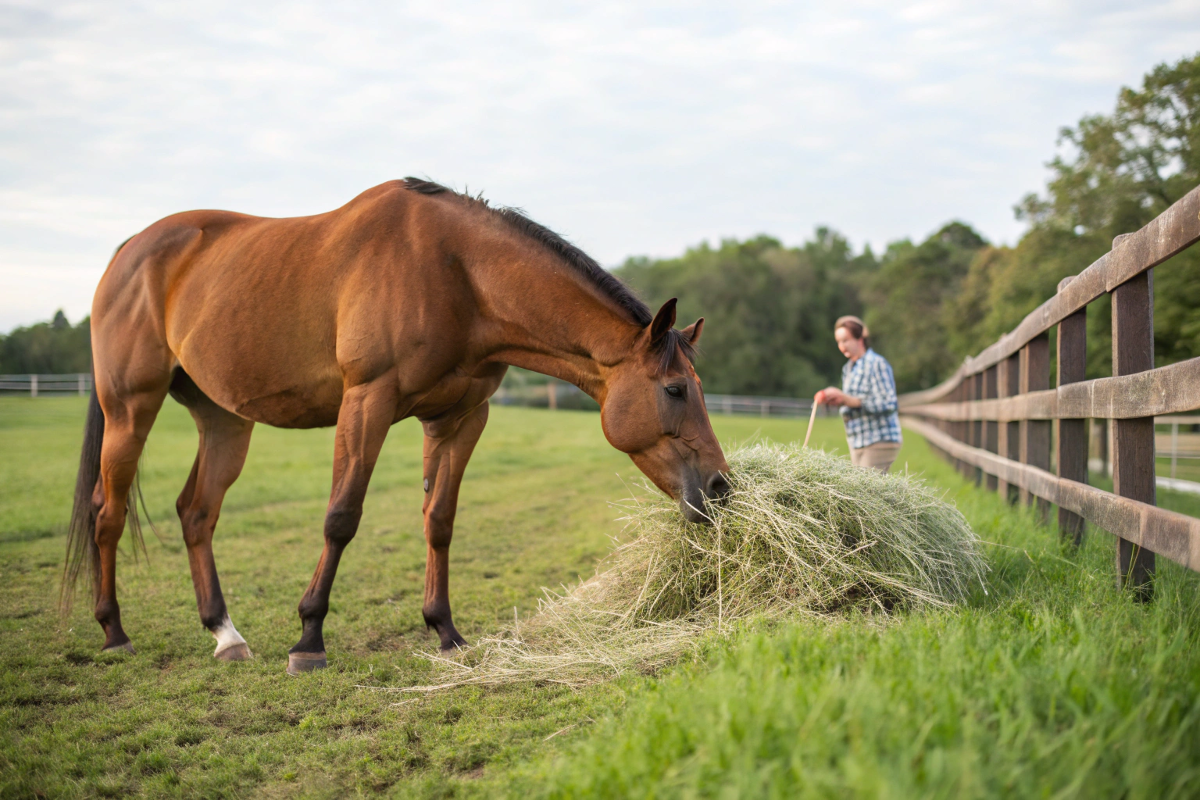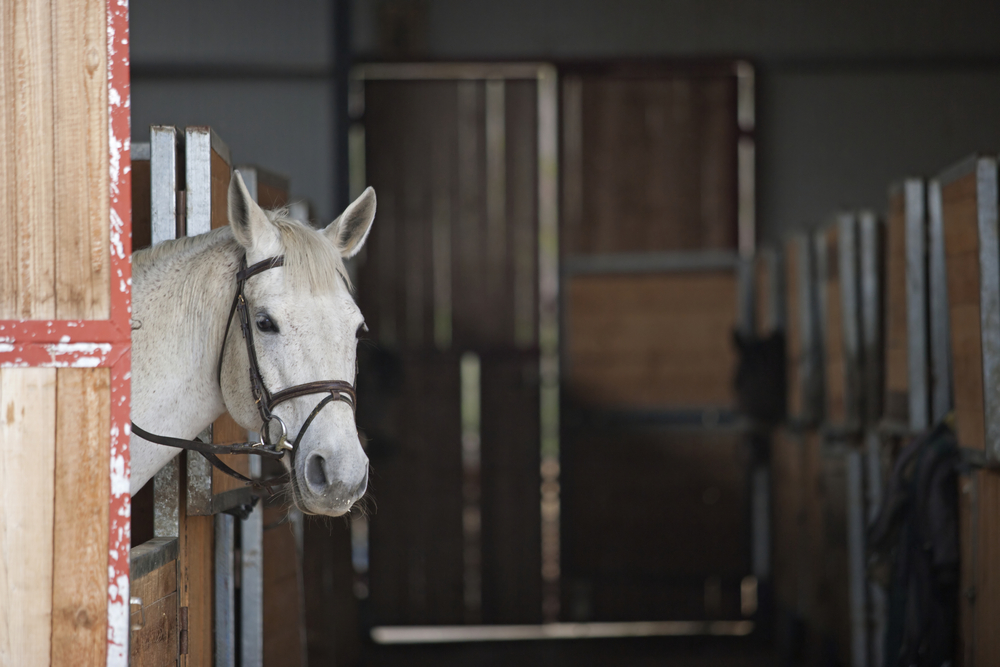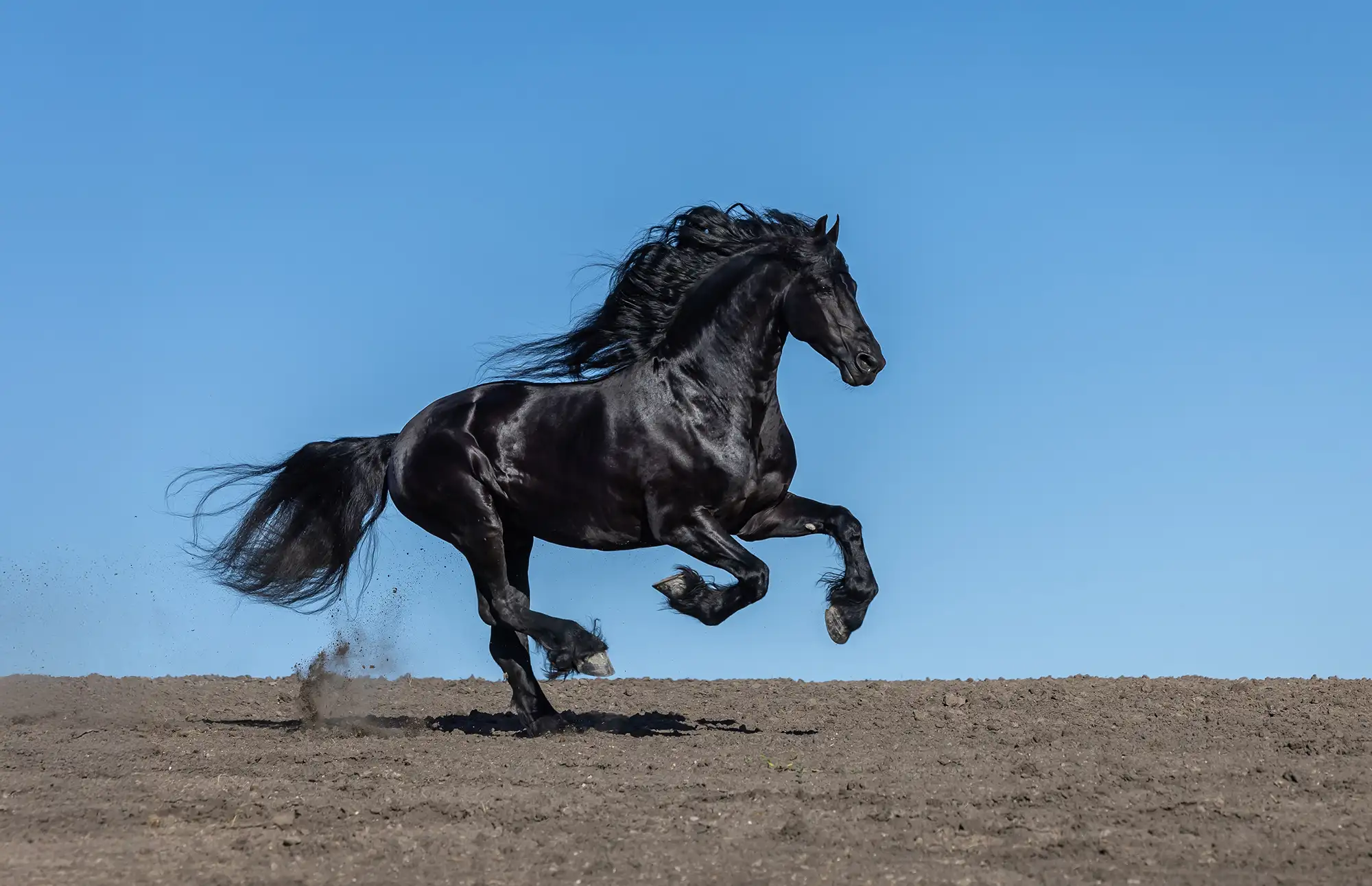Proper horse care is a daily responsibility that requires dedication, knowledge, and a deep respect for these magnificent animals. At the heart of excellent horse care is nutrition—providing your horse with the right balance of forage, supplements, and clean water to ensure a long, healthy, and productive life. The Essentials of Daily Horse Care
READ MORECategory: Horse Bedding
How to Choose Stall Bedding That Supports Hoof Health
When it comes to equine care, hoof health is one of the most critical yet sometimes overlooked aspects of a horse’s overall well-being. While nutrition, farrier work, and exercise play undeniable roles in maintaining strong hooves, the bedding in your horse’s stall also has a significant impact. The right horse stall bedding provides more than
READ MOREStraw Pellet Bedding Hacks to Boost Absorbency & Cut Costs
For any horse owner, barn manager, or trainer, bedding is a crucial part of equine care. Whether you’re working with a single companion horse or overseeing an entire boarding facility, the quality and cost-effectiveness of your bedding solution impact both your animals and your bottom line. In recent years, straw pellet bedding has emerged as
READ MOREStraw vs. Shavings: Which Horse Bedding Truly Keeps Stalls Dry and Comfortable?
When it comes to choosing the best bedding for your horse, there are a lot of options out there, but few debates are as common as straw versus shavings. Traditionally, both have been used in barns across the country, but today, there’s a modern contender in the straw category that deserves a closer look: chopped,
READ MOREUltimate Guide to Horse Bedding: Choosing the Right Material for Your Stable
When it comes to equine care, the importance of high-quality horse bedding cannot be overstated. It’s more than just a place for your horse to rest—it plays a vital role in maintaining hoof health, respiratory well-being, hygiene, and overall comfort. Whether you’re housing a competition horse or a beloved family companion, choosing the right bedding
READ MORE



